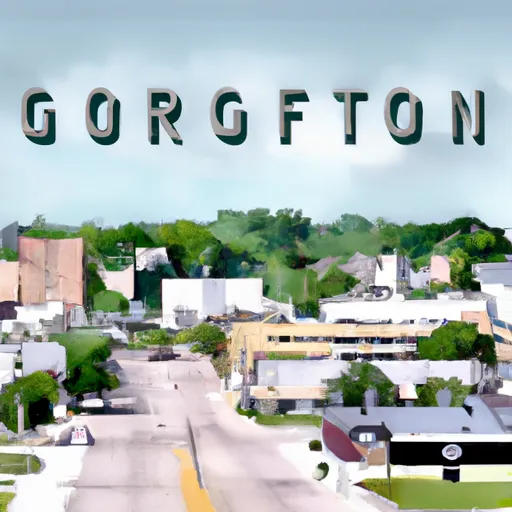°F
°F
mph
Windspeed
%
Humidity











Grafton, Wisconsin is a small town located in Ozaukee County. The climate in Grafton is typically mild, with warm summers and cold winters. The area is also known for its abundant precipitation, with an average annual rainfall of around 33 inches. As for hydrology, the Milwaukee River runs through the town, providing opportunities for fishing, kayaking, and other water-related activities. Additionally, the town boasts several parks and nature preserves, including Lime Kiln Park and Lion's Den Gorge Nature Preserve, which offer hiking trails and scenic views of Lake Michigan. Outdoor enthusiasts can also enjoy golfing at the Grafton Golf Course or skiing and snowboarding at nearby resorts.
Weather Forecast
Grafton receives approximately 833mm of rain per year, with humidity levels near 79% and air temperatures averaging around 8°C. Grafton has a plant hardyness factor of 5, meaning plants and agriculture in this region thrive during a short period during spring and early summer. Most plants will die off during the colder winter months.
Regional Streamflow Levels
1
Cubic Feet Per Second
369
Cubic Feet Per Second
17
Cubic Feet Per Second
2
Cubic Feet Per Second
Nearby Camping
| Camping Area | Reservations | Toilets | Showers |
|---|---|---|---|
| Oblong Park | |||
| Crawford County Fairgrounds | |||
| Oakland City Park | |||
| Sam Parr State Park | |||
| Mill Creek Park | |||
| Hilltop Campground - Grayville |



